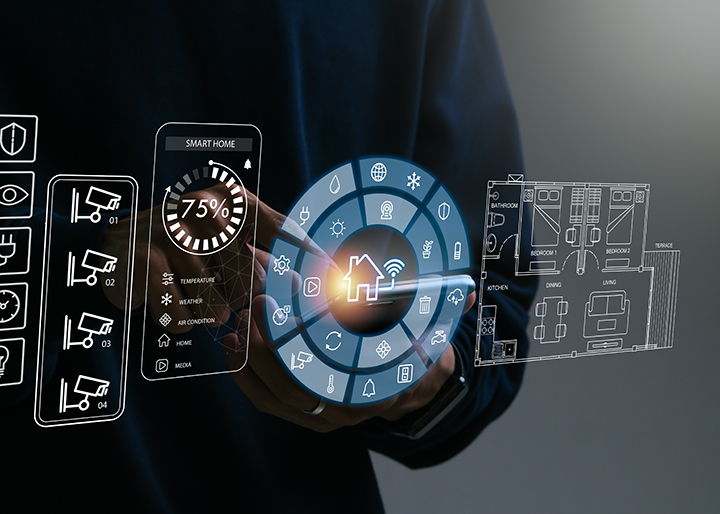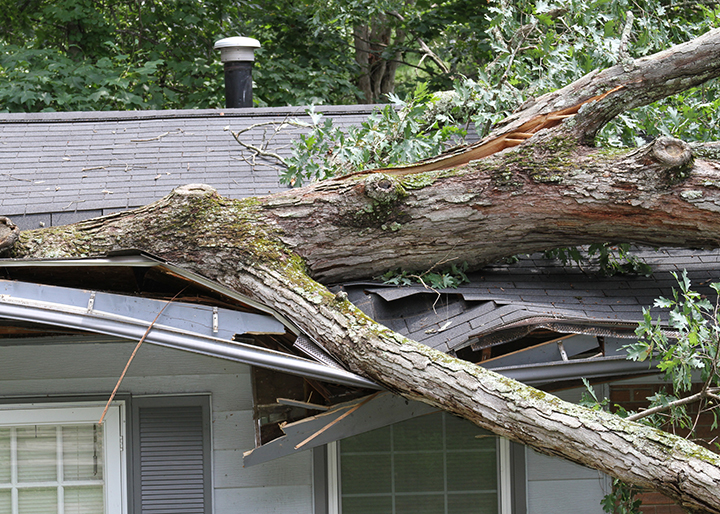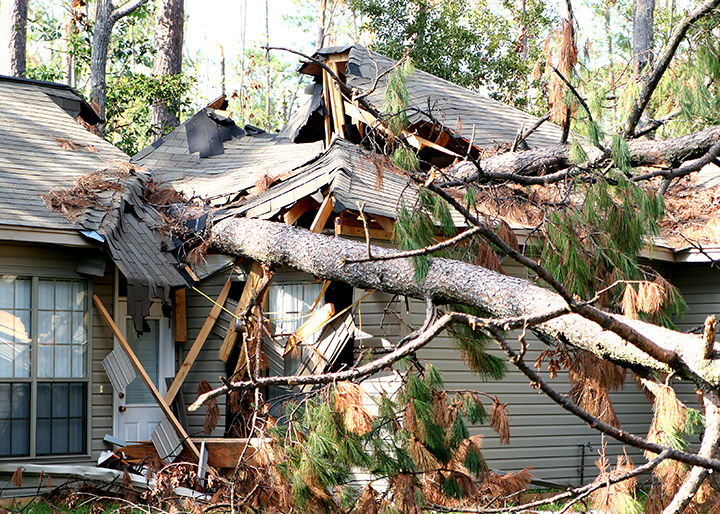Recent Natural Disasters Have Reshaped the Market
What Investors Can Do to Protect Their Portfolios by Scott Phillips The United States has seen a surge in natural disasters presenting major challenges for rental property investors. From severe flooding in North Carolina to devastating wildfires in California and an increase in wind, hail, and deep freeze events across the Midwest, these disasters are reshaping the real estate insurance landscape. As an executive in one of the largest MGUs
Read More












